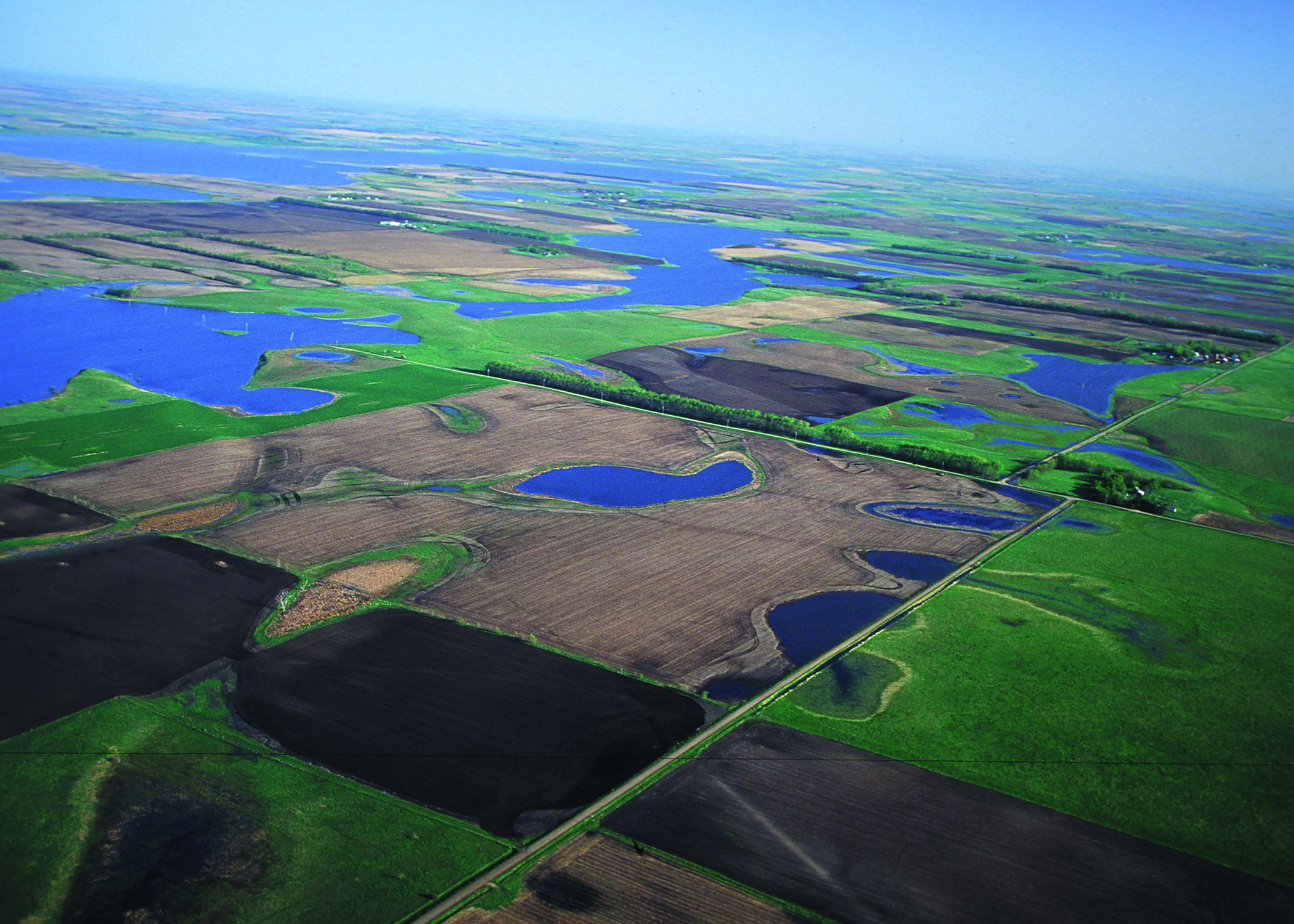Biodiversity on the brink: The consequences of a weakened Endangered Species Act

Biodiversity on the brink: The consequences of a weakened Endangered Species Act
The Endangered Species Act – which has long been known as the strongest environmental law in United States history – has been undermined by recent rule changes under the Trump administration. Weaker protections for species in peril heighten the probability that species will go extinct, placing biodiversity and related ecosystem services further at risk.
Brett R. Scheffers & Gretta Pecl. “Persecuting, protecting or ignoring biodiversity under climate change.” Nature Climate Change 9 (2019): 581-586. DOI: 10.1038/s41558-019-0526-5.
https://www.nature.com/articles/s41558-019-0526-5
Laura E. Dee, Jane Cowles, Forest Isabell, Stephanie Pau, Steven D. Gaines, and Peter B. Reich. “When Do Ecosystem Services Depend on Rare Species?” Trends in Ecology & Evolution 34 (2019): 746-758. DOI: 10.1016/j.tree.2019.03.010.
https://www.sciencedirect.com/science/article/pii/S0169534719300904
Matthais Leu, Aaron M. Haines, Courtney E. Check, Delaney M. Costante, Jessica C. Evans, Margaret A. Hollingsworth, Isabel T. Ritrovato, Ann Marie Rydberg, Alexander M. Sandercock, Kayli L. Thomas, and Tyler C. Treakle. “Temporal analysis of threats causing species endangerment in the United States.” Conservation Science and Practice (2019): 1-11. DOI: 10.1111/csp2.78.
https://conbio.onlinelibrary.wiley.com/doi/full/10.1111/csp2.78
The planet is losing plant and animal species at an alarmingly fast rate, and humans are responsible. Current species extinction risks are similar to previous mass extinction events caused by cataclysmic forces, like the meteorite that destroyed the dinosaurs. Scientists have labeled the current crisis as the “sixth mass extinction of life on Earth.” Unlike past events, this time humans are fundamentally changing the planet through land use change, pollution, resource exploitation, invasive species introduction, and climate change.
Despite this biodiversity crisis, in August 2019, the U.S. Fish and Wildlife Service and National Marine Fisheries Service finalized sweeping changes to the Endangered Species Act (ESA), the landmark biodiversity protection law in the United States. These changes will jeopardize the future of wildlife and ecosystems. Private industry groups seeking to exploit fossil fuels and natural resources have incessantly challenged the ESA since its inception in 1973. The new rules under the Trump Administration respond to industrial interests and prioritize short-term financial gains at the likely expense of wildlife and the environment.
The ESA is the nation’s most powerful conservation law. Passed nearly unanimously by Congress, the ESA provides a program for the protection of imperiled plants, animals, and their habitats. Species at risk of extinction are listed as threatened or endangered under the Act and receive protection from the federal government. The rollbacks to the ESA are contrary to scientists’ findings regarding environmental threats. A team of conservation biologists led by Dr. Matthais Leu recently studied how trends in threats leading to species endangerment have changed over time. The study, published in Conservation Science and Practice in 2019, found that endangered species face more threats now than ever before. The researchers recommended steps to bolster the ESA, such as more detailed analysis for listing species, increased funding, and improved collaborative efforts across public and private sectors.
The ESA’s goal is to recover protected species so that they no longer need to be listed. It has been successful in bringing iconic animals like the bald eagle, the grizzly bear, and the gray wolf back from the brink of extinction. The recent changes narrow the ESA’s ability to preserve wildlife and their ecosystems in the future by changing the way the Act is applied in four important ways.
First, the changes weaken protections for “threatened species” – a category for species at risk of becoming endangered – that automatically received the same protection as endangered species under the old rules. Under the new rules, protections for newly-listed threatened species are determined on a case-by-case basis.
Second, the changes relax the requirements under which a species can be removed from the ESA, making it easier for a species to lose protection before it has recovered to a healthy population size. This change undermines the ultimate purpose of the ESA: to recover imperiled species.
Third, the new rules allow federal agencies to consider economic impacts, such losses to private companies, when deciding if a species should be listed as threatened or endangered under the Act. Federal agencies formerly relied exclusively on scientific evidence and were prohibited from considering economic impacts in listing decisions. Now, the inclusion of economic analyses will likely lead to fewer species listings.
Fourth, and perhaps most inconsistent with the relevant science, the revisions enable federal agencies to ignore climate change when formulating protections for specific species. Climate change used to fall under the scope of threats that may affect a species in the “foreseeable future.” Weaker language in the new rules limits agencies’ consideration to threats that are “likely” to occur within a defined time period, allowing agencies to exclude predicted climate change impacts.
These changes not only significantly undermine the ESA’s ability to conserve species, the ecosystems on which they depend, and overall biodiversity, they also run contrary to the scientific literature on conservation, biodiversity, and ecosystem services.
As a conservation law, the ESA operates to preserve ecosystem services – the benefits humans gain from healthy and functioning ecosystems – in addition to individual species. Ecosystems are complex, and the contribution of the many different species inhabiting them are crucial to ensure their continued functioning. Changes in biodiversity from the loss of rare species can alter ecosystems and the services they provide.
A study published by Trends in Ecology & Evolution in 2019 highlights how changes in rare and unique species can threaten the ability of ecosystems to provide services. A team of researchers led by Dr. Laura Dee found that rare species often play crucial yet unknown roles in the ecosystems where they live. Sea otters, for instance, keep sea urchin populations in check so that kelp forests are able to grow and provide habitat for numerous fish and marine mammals. In such cases, rare species may fill unique functional roles that directly affect the ecosystem or indirectly influence other species in that environment. Rare species may also provide medicinal benefits that scientists have yet to discover. The value of species like rare horsetails, a plant that grows in Alaska shrub wetlands and makes nutrients in the soil available to other species, are often not well understood. Studying each individual species within an ecosystem, however, is not possible or practical. The researchers argue that losing rare species can have a much greater effect on an ecosystem than expected and may not be realized until the species is already lost.
Understanding the role of rare species in an ecosystem is even more difficult in a changing climate. As a result, researchers concluded that policymakers should seek to protect more species than are believed to be critical to an ecosystem to ensure future service benefits. In other words, cautiously protecting biodiversity in general is highly valuable to society.
Species migrations triggered by climate change further complicate protection efforts. In a study published in Nature Climate Change in 2019, Dr. Brett Scheffers and Dr. Gretta Pecl analyzed different ecosystem management strategies regarding shifting species ranges in a rapidly changing climate. The study concluded that regardless of the management strategy, future conservation and species protection efforts will require proactive and flexible approaches to address unprecedented changes in species composition. The researchers stressed the need for strong existing laws and policies before new strategies can successfully manage for future biodiversity.
The new ESA rules, which disregard literature that recommends strengthening biodiversity polices, weaken its application and narrow those species that may qualify for protection.
The ESA changes were finalized shortly after the United Nations and International Union for the Conservation of Nature published reports warning how climate change and human activity are threatening around one million species with extinction. Global biodiversity is declining at an alarmingly accelerated rate. The effect of these new ESA rules will likely worsen an already dire situation.
There is hope yet for imperiled species as states and the public respond to the ESA changes. Seventeen states and counting, led by California, Maryland, and Massachusetts and joined by Washington, D.C. and New York City, have filed a lawsuit against the Trump Administration over the rule changes. On the brink of a global extinction crisis, the coalition calls for stronger protections for biodiversity consistent with scientific research. Environmental organizations and animal rights groups are also speaking up to defend imperiled wildlife and ecosystems in another court challenge against the federal government.
In the wake of ongoing lawsuits, whether the ESA rule changes will remain law is unclear. What is clear is the multitude of threats to species diversity and ecosystems. Absent adequate federal protections and policy solutions, it might soon be too late.




